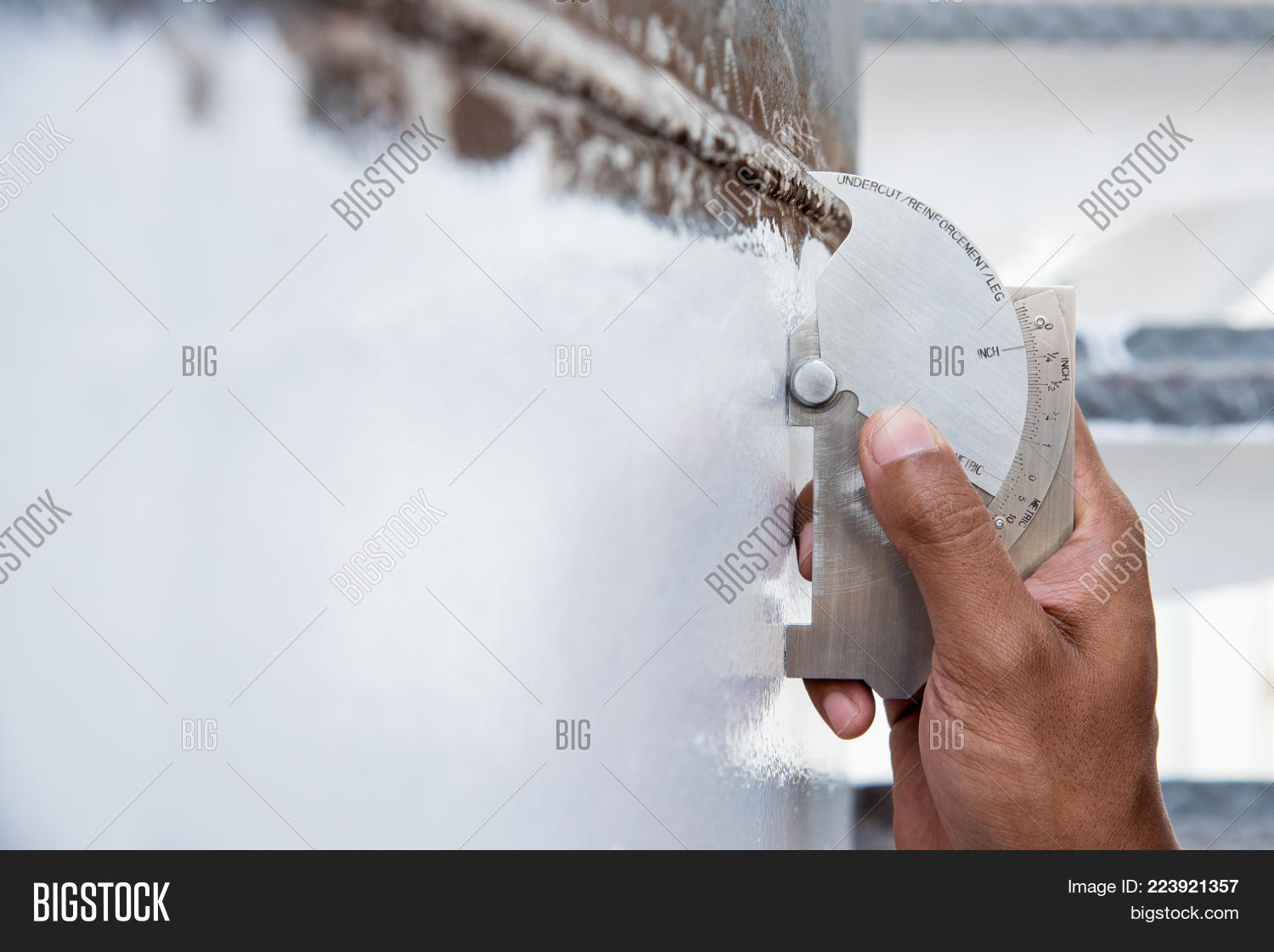The Significance of Expert Tank Welding Inspection Solutions
Wiki Article
An In-depth Summary of Container Welding Examination Standards and Methodologies for Improved Weld Top Quality and Efficiency
The significance of welding evaluation requirements in the production of tanks can not be overstated, as they function as the backbone for making certain weld integrity and operational integrity. Different evaluation strategies, including aesthetic analyses and progressed non-destructive testing techniques, are critical in determining prospective imperfections that might endanger performance. Moreover, sticking to governing requirements not only improves weld quality yet additionally minimizes the danger of expensive failures. As we check out the subtleties of these approaches, it ends up being imperative to consider just how a methodical strategy can change current methods and lead to significant enhancements in results.Importance of Welding Examination Criteria

Welding evaluation criteria encompass a series of requirements, consisting of product requirements, welding procedures, and certifications of personnel associated with the welding procedure. By applying these standards, companies can methodically identify and correct possible issues, consequently decreasing the chance of costly repair work or disastrous failings. Additionally, extensive assessment methods cultivate a society of accountability and precision, encouraging welders to keep high levels of craftsmanship.

Common Welding Assessment Methods


Ultrasonic Evaluating (UT) is an additional widespread technique, utilizing high-frequency acoustic waves to identify interior flaws that might not show up externally. This method is especially efficient for determining spaces or incorporations within the weld steel. Magnetic Bit Evaluating (MT) is likewise extensively utilized, particularly for ferromagnetic materials, as it reveals surface area and near-surface flaws through the application of electromagnetic fields and ferrous particles.
Additionally, Liquid Penetrant Testing (PT) detects surface-breaking defects by using a penetrant to the weld and after that making use of a designer to extract the penetrant. Each of these strategies adds to a detailed assessment approach, ensuring that welds meet the rigorous top quality criteria called for in storage tank building.
Governing Specifications and Conformity
Governing requirements and compliance are vital elements in ensuring the security and integrity of bonded frameworks in tank building - Tank Welding Inspection. These standards serve to develop minimum needs for material properties, welding treatments, and evaluation practices, therefore decreasing the danger of architectural failures and boosting general efficiencyKey companies, such as the American Society of Mechanical Designers (ASME) and the American Welding Culture (AWS), offer standards that are extensively embraced in the industry. Compliance with these standards not just ensures adherence to best techniques yet likewise satisfies legal and legal responsibilities, guarding the interests of stakeholders.
Regulative bodies usually mandate adherence to certain codes, such as ASME Code Area IX for welding credentials and API 650 for bonded containers. These codes outline demands for welding techniques, qualifications of employees, and screening techniques to verify weld honesty.
Routine audits and evaluations are crucial to preserving compliance, as they assist identify variances from established next page standards. Non-compliance can lead to significant charges, project hold-ups, and security dangers. Therefore, a robust understanding of regulatory standards and a dedication to compliance are paramount in attaining top notch and sturdy welded tank frameworks.
Non-Destructive Checking Techniques
Exactly how can the stability of welded structures be assured without triggering damages? Non-destructive testing (NDT) techniques offer a durable option, allowing examiners to evaluate weld high quality without jeopardizing the material - Tank Welding Inspection. Among one of the most common NDT methods are ultrasonic testing (UT), radiographic testing (RT), magnetic particle testing (MT), and dye penetrant testing (PT)Radiographic testing entails passing X-rays or gamma rays with the weld, producing photos that expose structural defects such as splits or voids. This technique is vital for examining the honesty of complex welds.
Magnetic particle testing is fit for ferromagnetic materials, where electromagnetic fields expose surface and near-surface stoppages. Color penetrant screening utilizes a liquid color to highlight surface-breaking flaws, making it an effective approach for non-porous products.
Each of these NDT methods has distinct benefits, enabling extensive evaluations tailored to particular materials and welding processes. By implementing her comment is here these techniques, markets blog can ensure the integrity and security of welded frameworks, ultimately boosting total performance.
Enhancing Weld Quality Via Examination
Efficient assessment plays a crucial duty in enhancing weld quality, acting as a vital checkpoint in the fabrication process. By determining possible issues early, inspections reduce the threat of compromised architectural integrity and make sure conformity with industry criteria. Utilizing a combination of aesthetic examinations, non-destructive screening (NDT) approaches, and mechanical evaluations, examiners can find problems such as porosity, splits, and insufficient combination.Executing a durable evaluation protocol not only enhances the overall top quality of welds but also promotes a culture of liability amongst welders and fabricators. Routine training and certification of assessment workers make certain that they are equipped with the necessary skills to identify and attend to possible problems effectively. This positive technique reduces rework and connected prices, eventually adding to forecast efficiency.
In addition, extensive documents of examination searchings for offers valuable insights right into repeating concerns, helping with continual enhancement in welding techniques. By leveraging sophisticated innovations, such as automated ultrasonic testing or electronic radiography, weld top quality can be boosted through much more exact examinations. To conclude, a rigorous examination procedure is essential in attaining premium welds, guaranteeing safety and security, dependability, and durability in container manufacture.
Verdict
In final thought, the implementation of rigorous tank welding evaluation criteria and methods is crucial for making certain weld honesty and efficiency. By making use of a mix of visual examinations, non-destructive screening approaches, and adherence to regulative requirements, organizations can effectively identify and minimize possible problems.Report this wiki page